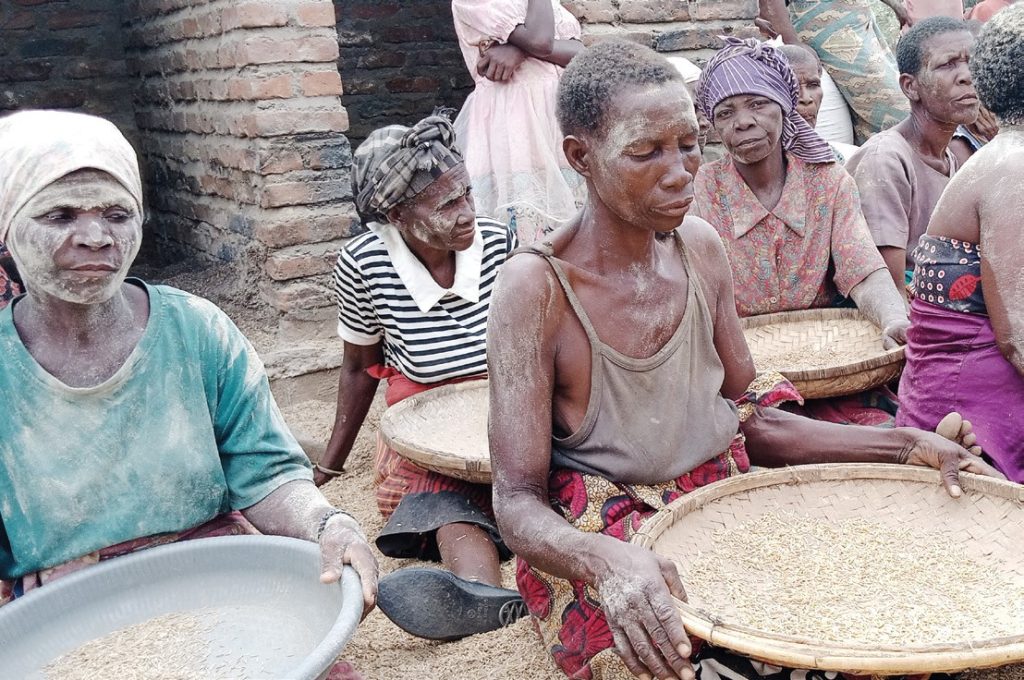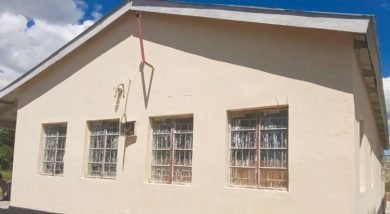Hunger crisis to prolong—report
Famine Early Warning Systems Network (Fewsnet) says the hunger crisis in Malawi will likely go beyond the harvesting season due to adverse effects of the El Nino weather condition.
Fewsnet’s December 2023 report released on Wednesday evening shows that the El Niño condition is likely to result in below-average harvests in rainfall-deficit areas, especially in the Central and Southern regions.

But the report said despite the Malawi Government embarking on Lean Season Food Insecurity Response through the Department of Disaster Management Affairs (Dodma) and other partners, the situation is expected to worsen when the exercise phases out in March 2024.
Reads the report in part: “Households in these areas are not likely to benefit from seasonal improvements in food security typical of the harvest period in April/May and are likely to revert back to crisis after March 2024.”
The report further decried continued increases in food prices and basic commodities, saying it has eroded the purchasing power of poorer households in both rural and urban areas.
Reads the report: “Prices of fuel, which affect the price of goods and services, increased by 45 percent following the devaluation; this has widened food access gaps for households that are not benefitting from humanitarian food assistance.
“Prices of fertiliser also increased by about 20 to 40 percent at a time when households are trying to source fertiliser for the 2023/24 agricultural season, which may compromise production.”
In October, Dodma launched a food distribution exercise to reach out to about 4.4 million people affected by hunger as projected by the 2023 Malawi Vulnerability Assessment Committee (Mvac) report.
Dodma commissioner Charles Kalemba said the hunger response effort for this year, which runs from October 2023 to March 2024, will cost about $226 million (about K384 billion).
He said about $78 million (about K133 billion) would be used as cash transfers and 165 000 metric tonnes of maize would be distributed in all 28 districts of the country.
Efforts to speak to Ministry of Agriculture Principal Secretary Dickxie Kampani proved futile, but last week he outlined measures to help farmers mitigate the impacts of El Nino induced dry spell.
He recommended farmers to grow early maturing crops, utilise wetlands and use organic manure that will keep soil moisture as the adverse dry weather continues to hit the land.
The recommendations came barely two months after the Centre for Agriculture Research and Development, a think-tank based at Lilongwe University of Agriculture and Natural Resources, developed a 10-point strategy to help Malawi mitigate the impact of the anticipated El Nino-induced drought.
It is projected that El Niño will affect the country’s maize production, hitting hard 60 percent of maize areas that were affected by low maize yields of between 15 and 30 percent in the past El Niño years.
Consequently, maize production could decline by 20 percent in the worst case scenario.
Malawi has had 10 El Nino affected years notably 1998, 2003, 2005, 2007, 2010, 2015, and 2016. The seven negatively affected years are 1987, 1992, 1995, 1998, 2005, 2015 and 2016.






I appreciate you sharing this blog post. Thanks Again. Cool.